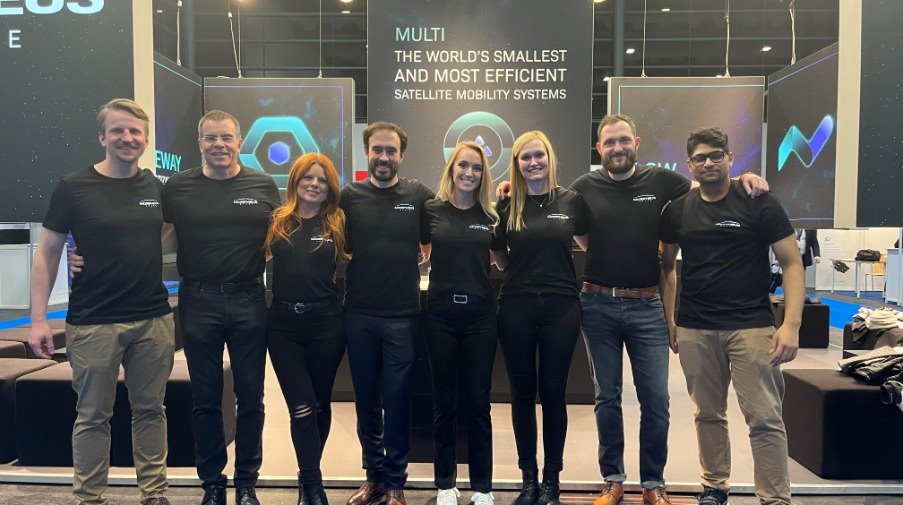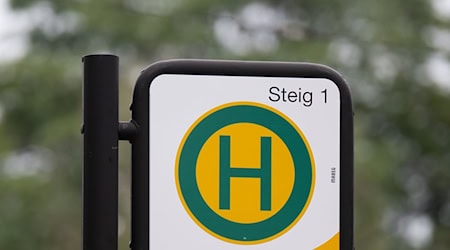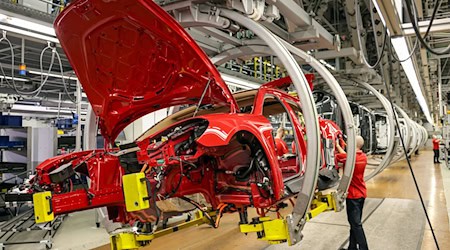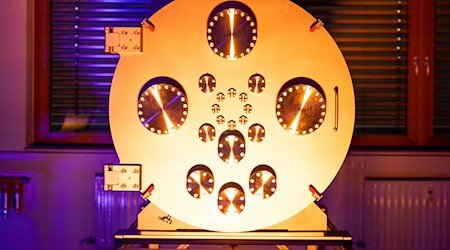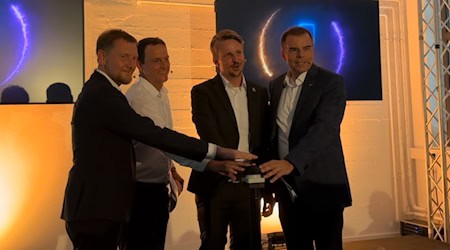A company that has made a name for itself through innovation and visionary technology operates in the dynamic economic region of Saxony: Morpheus Space. With a clear vision to make space safer and more accessible, this young company has catapulted itself to the forefront of the NewSpace movement. Behind the facade of this ambitious mission is a team of over 50 specialists working in Dresden and Los Angeles to manoeuvre satellites through space more efficiently and revolutionize space travel.
To find out more about Morpheus Space's philosophy and technology and to understand the synergies with Saxony as a science and business location, we spoke to one of the company's leading figures, Mr. Daniel Bock.
Mr. Bock, could you give us a brief overview of Morpheus Space and tell us more about your company's mission?
Simply put, we at Morpheus Space help move satellites in space. Our fundamental mission is to make space more accessible, easier to use and safer. Founded in 2018, Morpheus Space has established itself as a leading NewSpace company providing pioneering propulsion systems with innovative software solutions for the entire mission lifecycle. Our more than 50 employees work in Dresden and Los Angeles, CA USA.
Saxony is known for its strong technological clusters. To what extent does Morpheus Space benefit from the state's scientific and economic resources?
The basic drive technology of Morpheus Space was developed in research at the TU Dresden, where our founders also met when they were still working as research assistants and doctoral students in different subject areas. So we know first-hand what bright minds, talented engineers and ground-breaking technologies Saxony can produce. It was the right decision for us to set up in Saxony, as we have access to a very dense research landscape with countless universities and research institutions that have helped us to develop a better product with a great team of highly trained researchers and experts. We work closely with the Saxon universities and also frequently employ working students for our mutual benefit.
Why did Morpheus Space choose Saxony as a startup location? Were there certain advantages or opportunities that were decisive?
As the founders originally came from TU Dresden, it was only a natural progression for us to set up in Saxony. Saxony's key advantages include access to motivated, well-educated and talented personnel, the strong entrepreneurial spirit in Saxony including the various networks and the state support for innovative technology companies like us. In addition, Saxony offers us numerous opportunities for synergies and exciting collaborations with other sectors and technologies, such as microelectronics, nanotechnology, materials science, biotechnology and renewable energies. Saxony is a leader in these fields and has a network of clusters that promote interdisciplinary exchange and cooperation.
What advantages does Saxony offer as a business location for a high-tech company like Morpheus Space, especially in an international comparison?
Saxony has a well-trained and highly motivated workforce and a government that is working hard to attract more high-tech companies.
The GO-2 electric drive systems are considered revolutionary. What makes them so special compared to conventional propulsion systems?
GO-2 are the simplest, most efficient and cost-effective propulsion systems on the market, offering mobility throughout the entire mission lifecycle. Their modular and scalable design allows them to be used in both nano-satellites and satellites weighing more than 1 ton. Our technology uses a metal as propellant that allows us to completely eliminate moving parts, pressurized tanks, valves, pipes or expensive propellants, making GO-2 a reliable and cost-effective product and ultimately the preferred choice for satellite companies worldwide.
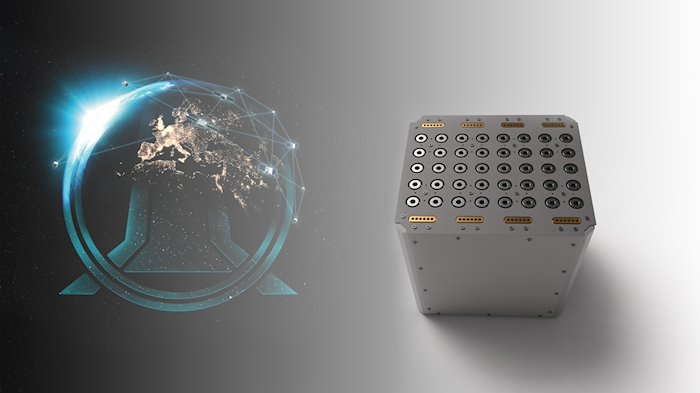
New GO-2 / Morpheus Space drive system
Could you tell us how your specific mission analysis and design platform "Journey" addresses the challenges in the field of satellite mobility?
Journey is our industry ground-breaking SaaS platform product that enables space mobility from mission design and simulation to procurement of necessary components, operations, space debris evasion and decommissioning (controlled de-orbiting) of satellites. Journey will also open up even more growth opportunities for us in the future.
One of the main features of your company is the simple plug-and-play integration. Can you explain the concept behind it?
Our field-proven hardware products are scalable through an efficient building block design and offer powerful mobility with low weight, low cost and easy integration into satellites. You can think of it like Lego building blocks that we assemble to offer our customers customized solutions with standardized elements that can ultimately be easily integrated into their satellites: In principle, all that is required is the connection of a plug and the attachment of a few screws. This is a huge relief for our customers, who in the past usually had to "build" the satellite around the selected drive system.
How do your flexible subscription and on-demand payment models work and how can customers save costs as a result?
We want to make it as easy as possible to use our products for every satellite mission in the future, and that includes the financial aspects. That's why we offer flexible payment plans that allow our customers to purchase the products according to the parameters of their mission. Our customers can either purchase our drives in the traditional way or choose one of our flexible payment options: A subscription model, which offers our customers a maneuvering contingent for a year (comparable to a data flat rate with the Internet) or payment for individual individual maneuvers, such as for an evasive maneuver to avoid a collision with another satellite or with existing space debris.
Your company offers modular solutions. How does scaling work for different types of satellites?
This is very simple: depending on how large the satellite is and how much drive it needs, several of our drive modules are simply connected together as required. This offers great advantages in terms of costs, because we can produce a higher number of standardized components and at the same time address the different needs of our customers.
What safety mechanisms are implemented in your drive systems to minimize risks?
Increasing safety in space travel is at the heart of our mission. For example, our drives make it possible to maneuver satellites and avoid collisions with space debris in the future with just a click of the mouse. Our next-generation software solutions, such as our autopilot and our constellation designer, give mission operators unprecedented degrees of freedom in controlling and adapting their missions. For our propulsion systems themselves, the high redundancy provided by our modular design offers additional safety: by using several independent propulsion systems in combination, the probability of a total failure is significantly reduced.
You have set some milestones, such as the first evasive maneuver by a nanosatellite. Can you elaborate on this?
The first evasive maneuver by a nanosatellite was performed by a CubeSat called UWE-4, which used the NanoFEEP electric propulsion system developed by us. The maneuver was performed on October 22, 2020 after being in operation for almost 2 years to avoid a collision with another object - a larger Iridium satellite that was no longer functional - in orbit. The NanoFEEP system enabled the small UWE-4 satellite to change its orbit by a few hundred meters with just a few milli-grams of propellant and create a safe distance. This was the first time that a nanosatellite demonstrated such a capability anywhere in the world, and shows that it is possible to implement safety and sustainability of space activities even on the smallest satellites.
How do you see the future development of Saxony as a business location in space technology?
Saxony has strong roots and a lot of potential in terms of space technology. With Sigmund Jähn, the first German in space who came from Saxony, or the TU Dresden with the most aerospace engineering graduates per year in the whole of Germany, we have good foundations and great potential on which we want to build. Due to the highly interdisciplinary nature of space travel and its increasingly important role as a driver of innovation and a growth market worldwide, we see a promising future with unimagined opportunities for the space industry in Saxony.
Finally, are there any future projects or partnerships that we can expect from Morpheus Space in the near future?
We have some interesting new partnerships in the pipeline, but unfortunately we can't disclose anything more specific at this time.
__
We would like to thank Morpheus Space for the exciting interview and look forward to future projects.
If you would also like to take the opportunity to present your company and your visions in an exclusive interview, please get in touch - we look forward to sharing your story.
➡️ Contact: Thomas Wolf, thomas.wolf@diesachsen.com

